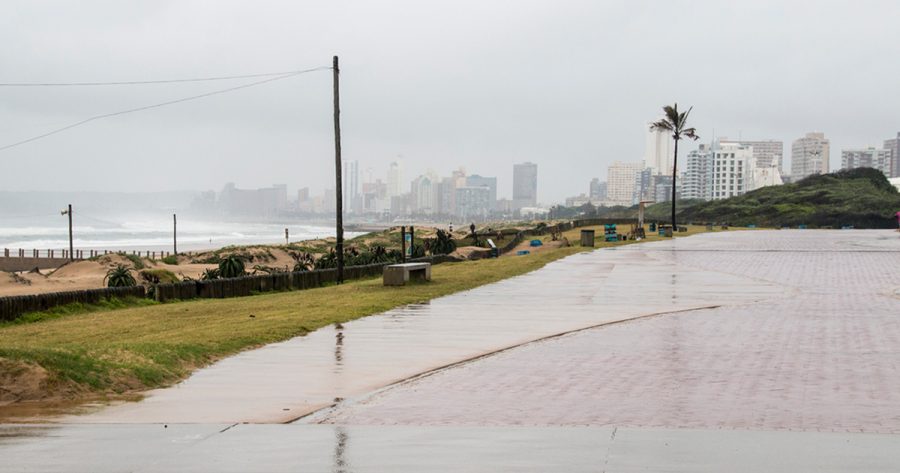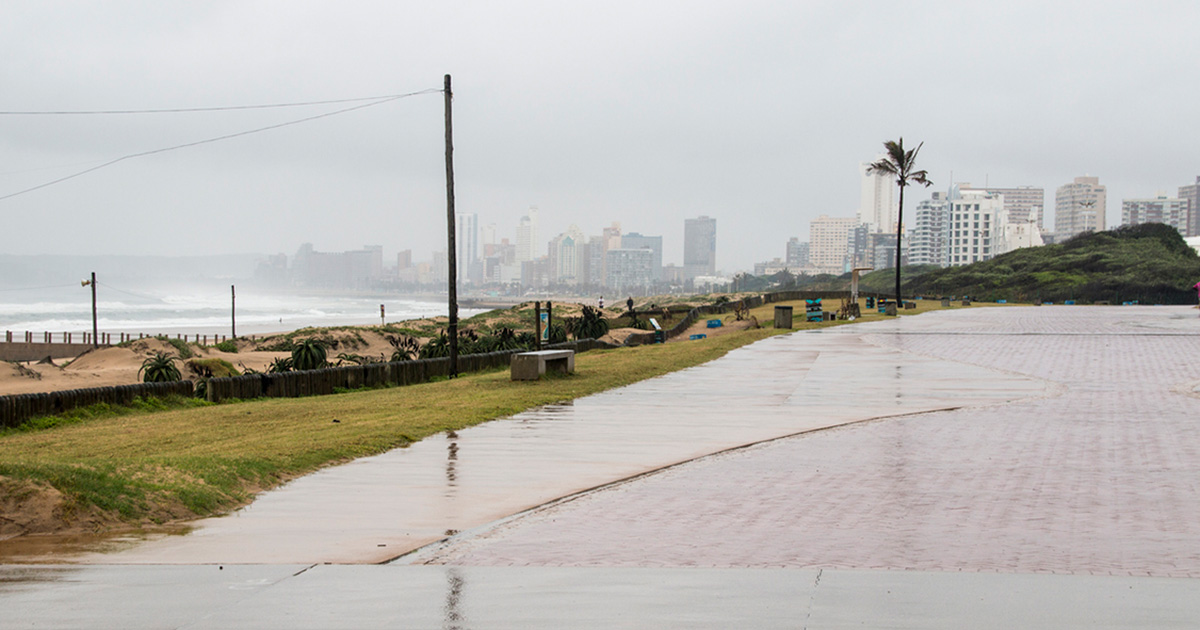
Disaster teams on high alert amid floods across many parts of SA
Disaster management teams are on high alert across the country amid the continuing heavy rains that have already resulted in damage, says Cooperative Governance and Traditional Affairs (COGTA) Minister, Dr Nkosazana Dlamini Zuma. The inclement weather in recent days saw vehicles submerged and swept away, trapped homeowners on roofs and collapsed walls. In a statement, […]

Disaster management teams are on high alert across the country amid the continuing heavy rains that have already resulted in damage, says Cooperative Governance and Traditional Affairs (COGTA) Minister, Dr Nkosazana Dlamini Zuma.
The inclement weather in recent days saw vehicles submerged and swept away, trapped homeowners on roofs and collapsed walls.
In a statement, the Minister urged communities in affected areas to exercise caution.
The National Disaster Management Centre (NDMC) is in contact with provincial and local disaster management centres on the ground and are coordinating with all the role players as the heavy downpours continue.
“The disaster teams will continue to monitor the situation and give support on an ongoing basis,” the department said.
“Due to the heavy downpours, many areas are flooded, rivers are overflowing across a number of provinces, people have lost property and infrastructure like roads and bridges are also damaged.”
As per the recent reports from the South African Weather Service (SAWS), the ground in many other areas that have been receiving rains is already saturated, hence the need to be extra vigilant.
“There are areas that are known to be prone to flooding. As such communities are requested to treat these and all other areas as posing potential danger and desist from endangering their lives,” said the department.
As per SAWS report, these adverse weather conditions are still not showing any signs of stopping. The public is therefore urged to follow the regular updates and warning messages from the weather service as it monitors the weather and climate conditions.
Dlamini Zuma urged communities across the country to provide assistance to those in need and affected by the flooding, especially those displaced as they lost homes which are flooded and not conducive for human occupation.
“Those who are able to donate basic necessities are encouraged to assist working with municipalities and affected communities themselves. We urge you to be vigilant, cautious, and to heed the calls from relevant authorities,” she said.
As the wet weather continues, South Africans can follow these safety tips:
– People living in low-lying areas must take special care during storms, as sudden floods might affect them. They should monitor the rising water levels and evacuate the areas to a safer place or higher spot when the water level rises.
– Do not cross through flooded roads or bridges – use other routes.
– Avoid crossing low-lying bridges, streams and rivers.
– Never try to walk, swim or drive in swift-flowing water. Even if the water is 15 cm deep, it can sweep you off your feet;
– Motorists must be very careful and avoid driving through flooded areas.
– Drive to and park at safer areas.
– The public must monitor weather alerts on radio and television.
– The public should contact their municipal disaster management centres or the nearest police station or call the national emergency numbers (112, 10177 or 107) when faced with threats.
– Do not try to drive over a low-water bridge if water is flowing strongly across it and the ground is not visible.
– Teach your children about the dangers of floods.
– Keep your important documents in a water-resistant container.
– Keep your cell phone in close proximity to you and have emergency numbers at hand.
– Be especially vigilant at night. It is harder to recognise potentially deadly road hazards.
– Do not camp or park your car along rivers or washes, especially during heavy rains or thunderstorms.
– If you are on foot, be aware that low-moving water can also be dangerous during flood conditions. If you come upon moving water, do not walk into it.
– Where possible, communities are encouraged to try to avoid contact with any flood waters. The water may be contaminated with raw sewage, oil or other dangerous substances, and may also be charged with electricity from fallen powerlines. – SAnews.gov.za
